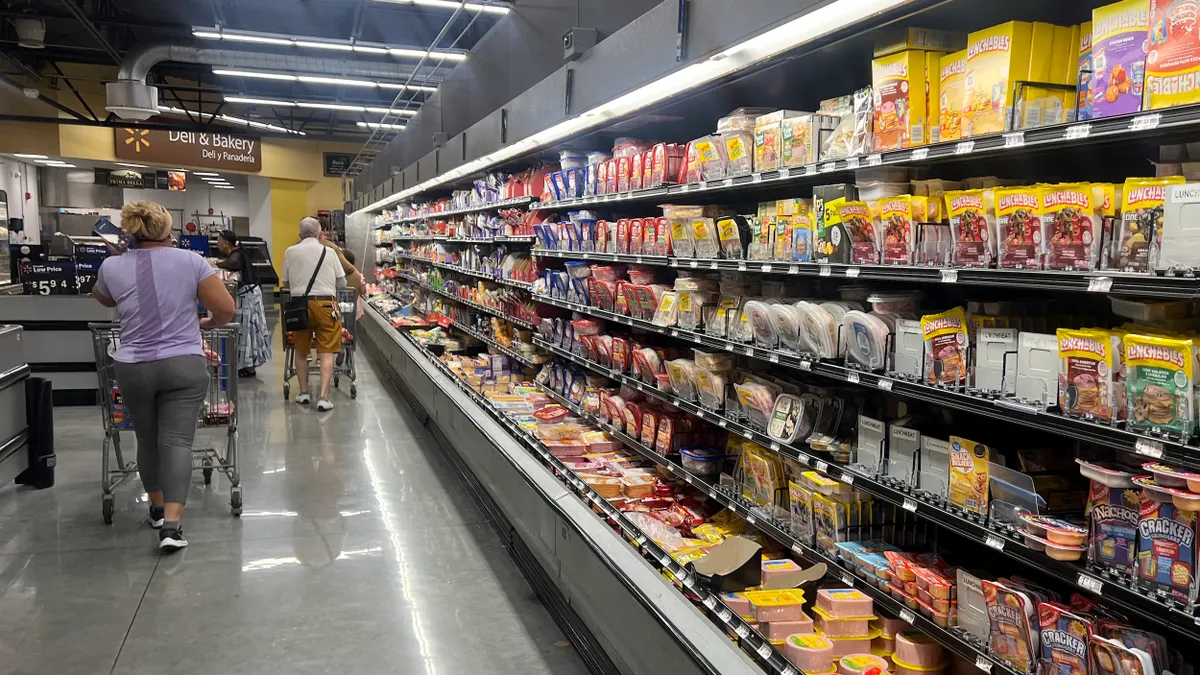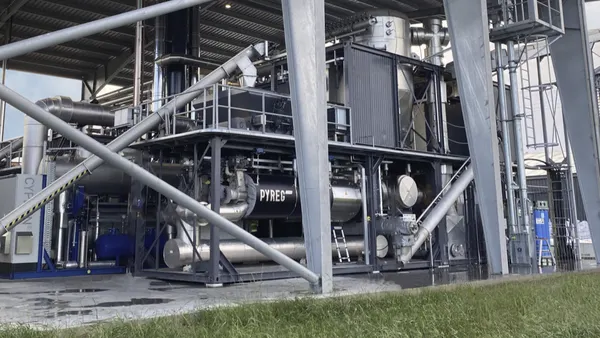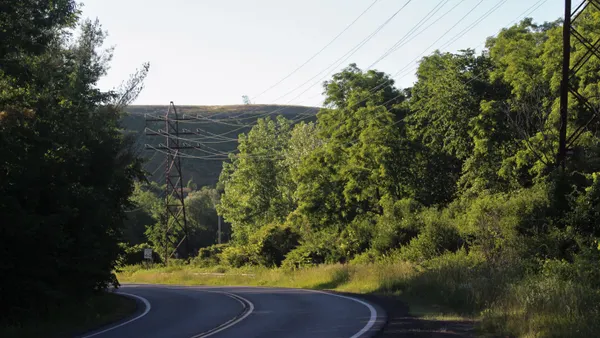Dive Brief:
- Covanta reported $429 million in revenue for the third quarter of 2017, up from $421 million last year. Stronger waste pricing, profile waste services and higher value for metals recovered from ash were all supporting factors. Lower energy prices, service disruption during Hurricane Irma and decreased volume due to the ongoing closure of a facility in Fairfax County, VA, offset some of this growth.
- Re-opening the Fairfax waste-to-energy facility, which shut down in February after a fire, is behind schedule at this point due to county fire codes. "This timeline is much longer than we'd originally expected," said CEO Stephen Jones during the earnings call. "The most important message here is that installation of the new fire protection and suppression system is underway, and we're on track to resume normal operations in another couple of months. We'll do this as quickly as possible."
- In more positive news for Covanta, Jones reported that the company's Dublin facility is now fully operational. So far, the plant has processed close to 100,000 tons of waste and generated more than 35,000 megawatt hours of energy. Jones said that construction of another U.K. project called Rookery — being developed jointly with Veolia — could begin in "the first half of 2018" pending a final environmental permit. Two other U.K. projects — being developed with Biffa — are still in the works and have received planning permits.
Dive Insight:
The opening of Covanta's Dublin facility was key news, especially because it was briefly shut down after a safety incident in June, but the continued challenges at Fairfax took up a large share of discussion during the earnings call. Since the February fire, Covanta's estimates on when the plant would reopen during its first and second quarter earnings calls have proven overly optimistic. Now that the company has finally received approval from Fairfax County, it plans to begin installing new fire suppression and detection equipment next month.
"In the history of Covanta, we've never had an operational event of this scale and time delay, and we look forward to heading into 2018 with a plant that's positioned to generate record performance following the investments we made in 2016," said CFO Brad Helgeson during the call.
Though Jones described this incident as "an anomaly," he said Covanta will be looking at ways to mitigate the disruption from any similar events going forward. This could include installing new fire suppression and detection equipment at all the plants owned by Covanta — more than half of the total WTE plants the company operates — and finding alternate third-party processing options for its profile waste business. While this material is only expected to comprise about 800,000 of the 19 million tons of waste that Covanta will process this year, it has far more value than the average ton of solid waste. As interest in drug take-back programs and assured destruction remains high, Jones often points to this a key growth area for Covanta's U.S. business.
Looking ahead, Covanta's largest development opportunities remain overseas. Domestically, upcoming growth areas include the profile waste business, a new ash processing project in Pennsylvania and the opening of a new marine transfer station that Covanta is contracted to handle waste from for New York's Department of Sanitation. In the short term, the company is expecting to recoup more of its losses from Fairfax via insurance payments and see ongoing benefits from the new Dublin plant. Based on all this, the company expects the fourth quarter to be its strongest of 2017.









